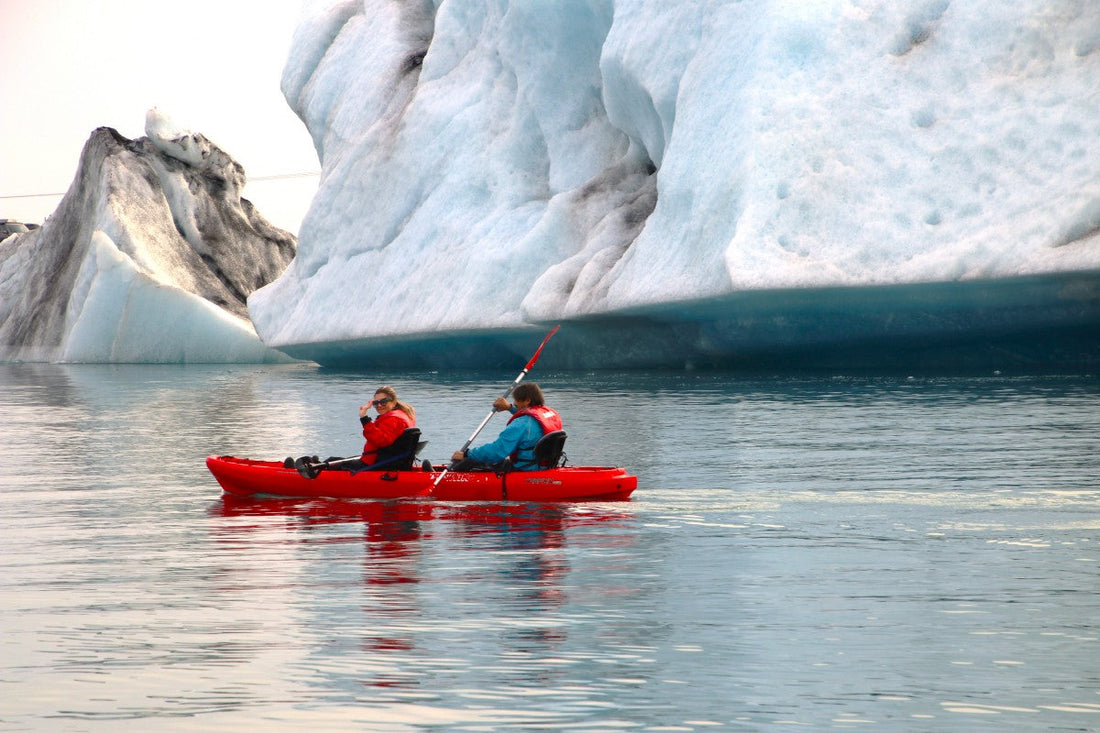Introduction:
As we navigate through the currents of the kayaking industry, it is imperative to anticipate the future trends that will shape this dynamic market. In this analysis, we will delve into the potential developments and emerging patterns that are likely to influence the future of kayaking. Through a comprehensive examination of market dynamics, technological advancements, and changing consumer preferences, we aim to shed light on the trajectory of the kayaking industry in the coming years.
Chapter 1: Rise of Sustainable Practices
The global shift towards sustainability is undeniably influencing consumer behavior across industries, and the kayaking market is no exception. Paddlers are increasingly valuing eco-friendly materials, production processes, and packaging. Manufacturers adopting sustainable practices, such as recycled materials, eco-friendly coatings, and reduced carbon footprints, are likely to gain favor in the market.
Chapter 2: Integration of Smart Technologies
As technology continues to advance, the kayaking experience is expected to incorporate smart features. GPS navigation, fitness tracking, and connectivity with mobile devices are poised to become integral aspects of kayaking equipment. Smart paddles, augmented reality navigation systems, and real-time performance monitoring are likely to enhance both safety and enjoyment for paddlers.
Chapter 3: Growth in Recreational and Touring Kayaks
The rising popularity of outdoor activities and water-based adventures is driving an increase in demand for recreational and touring kayaks. Versatility, ease of use, and enhanced comfort features will be key factors influencing purchasing decisions. Manufacturers focusing on developing innovative designs for these categories are expected to capture a significant market share.
Chapter 4: Expansion of Kayaking Tourism
Kayaking tourism is on the verge of substantial growth as more individuals seek unique and immersive travel experiences. Destinations with scenic waterways and guided kayaking tours are likely to attract adventure enthusiasts. The proliferation of kayak-friendly accommodations and infrastructure will contribute to the expansion of this niche tourism segment.
Chapter 5: Accessibility through Rental Services
The high initial cost of kayaking equipment has been a barrier for entry for some potential paddlers. The emergence of kayak rental services, both traditional and app-based, is making the sport more accessible to a broader audience. This trend is expected to continue, fostering a culture of trial and exploration among newcomers to kayaking.
Chapter 6: Innovations in Material and Design
Advancements in materials and manufacturing techniques are driving innovations in kayak design. Lightweight yet durable materials, improved hull designs for better stability, and modular kayaks for easy transport and storage are some of the innovations expected to shape the future of kayaking equipment.
Chapter 7: Community Building and Social Platforms
The kayaking community is becoming more interconnected through social media and online platforms. Paddlers are sharing experiences, tips, and recommendations, creating a sense of camaraderie. Businesses that leverage social platforms for community building and customer engagement will likely see increased brand loyalty and market reach.
Conclusion:
As we paddle into the future, the kayaking industry is set to witness a confluence of sustainability, technology, accessibility, and community-building initiatives. Manufacturers and businesses that adapt to these trends, innovate in design and materials, and embrace the evolving needs of consumers will be well-positioned for success in the dynamic and ever-expanding world of kayaking.

